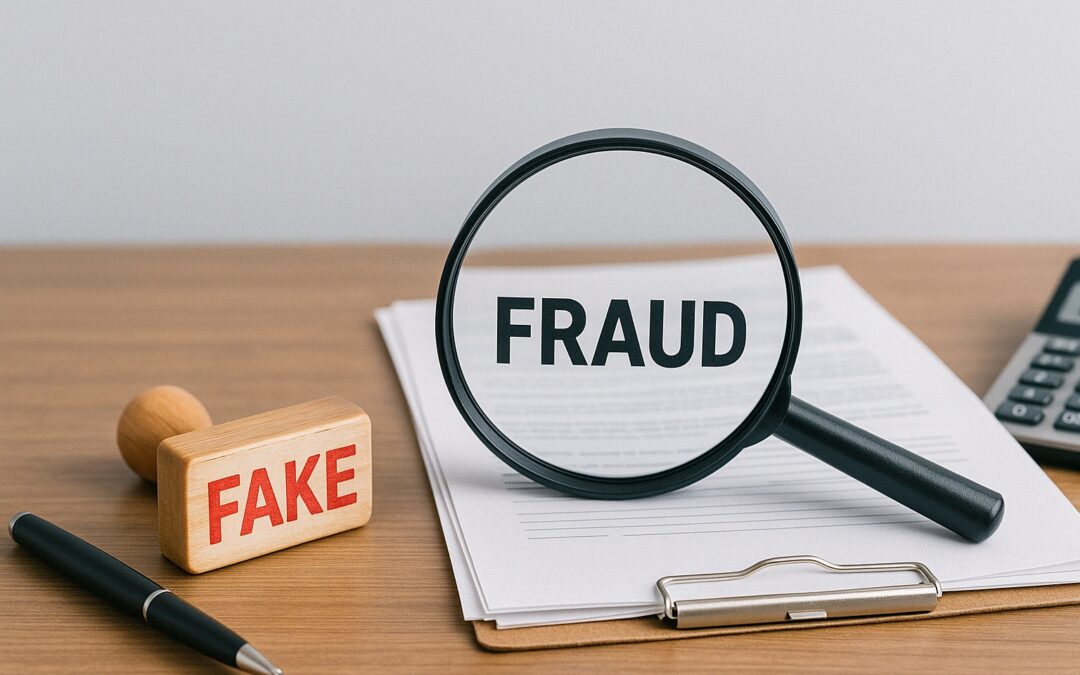In today’s fast-moving digital landscape, business lending is not just about evaluating numbers — it’s also about verifying authenticity. One of the growing concerns in SME financing is the increasing use of fraudulent documents — especially when borrowers submit doctored files to secure larger loans or qualify for credit they wouldn’t otherwise receive.
These fraudulent documents often include bank statements, Notice of Assessments (NOAs) from IRAS, and financial reports. These falsified records not only expose lenders to higher risk but also raise red flags about a borrower’s credibility and intent.
This article outlines how document fraud is commonly carried out, how to detect it, and how both lenders and businesses can reduce exposure to risk.
Commonly Forged Documents in Lending
Here are the most commonly manipulated files in SME loan applications:
Bank Statements
Borrowers may:
- Edit balances or transaction details
- Add or remove entries to inflate income or hide liabilities
- Submit only selected months to mask cash flow dips
Notice of Assessment (NOA) from IRAS
Common alterations include:
- Changing income figures
- Modifying assessment years or NRIC numbers
- Using someone else’s NOA or outdated documents
Financial Statements
Typical tricks include:
- Creating unaudited documents from templates
- Modifying PDF metadata to change timestamps
- Inflating earnings or omitting liabilities
How to Detect Fraud Using Digital Clues
Digital footprints often reveal more than the document itself. Two reliable methods to spot fraudulent documents involve checking PDF metadata and verifying searchability.
Check PDF Metadata
All PDFs carry metadata — hidden data showing when and how the file was created, and sometimes by whom.
Red flags include:
- Creation dates that don’t match the document date
- Strange author or software names
- Modification timestamps that raise questions
How to check:
- Right-click on the file → Properties → Details (Windows)
- Or use “File > Properties” in Adobe Acrobat
Test for Searchability
Original files downloaded from IRAS or banks are usually searchable PDFs. Fake documents — often scanned or screenshot versions — are not.
Try this:
- Open the file and use Ctrl+F (Find)
- If you can’t search for any text, it’s likely an image-based or manipulated file
Other Red Flags to Watch For
- Fonts, spacing, or alignment inconsistencies
- Blurry logos or misaligned margins
- Suspicious or missing page numbers
- Incorrect formatting of tax numbers or account references
- File sizes that are too large for a simple PDF
How to Deter Document Fraud
Whether you’re a lender or business advisor, these steps can help prevent fraudulent documents from slipping through:
- Request source downloads from official portals (IRAS, banks)
- Use bank-linking tools like Plaid or IncomeCheck where available
- Cross-reference values against other supporting documents
- Train staff to verify metadata and file types
- Flag non-searchable PDFs for deeper review
Final Thoughts
The threat of fraudulent documents in business lending is very real — and growing more sophisticated. But with awareness and basic digital checks, lenders and business owners can spot red flags early and avoid serious consequences.
At CapitalGuru, every loan submission undergoes document validation checks before reaching the lender. We’re committed to transparency, trust, and getting business owners the right funding — without cutting corners.

